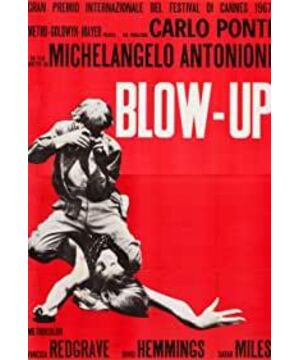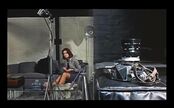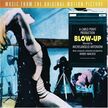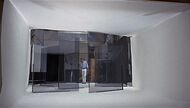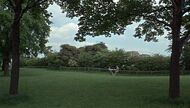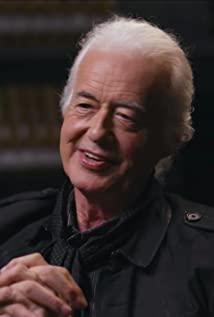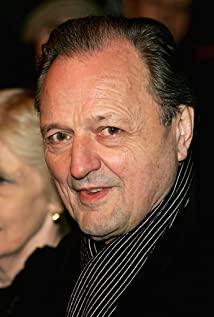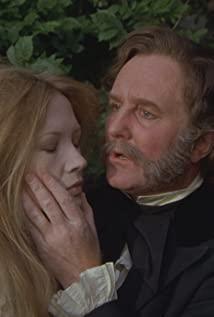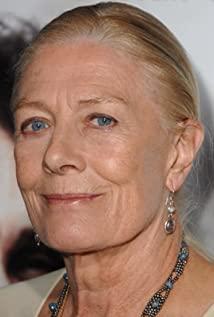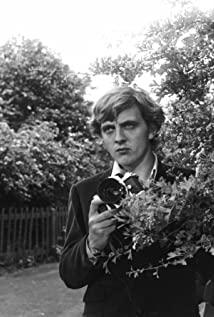as one of the selling points MGM created exclusively for Premiere Productions drills There is something indescribable about the nudity of Production Code's empty shots. As the most colorful scenes in the whole film, the fragmented cuts and saturated and harsh sound effects show a kind of emptiness. For example, the "Pie" inserted in "Chase" has no effect on the development of the narrative except for the point. But this seemingly magnification of inconsequential details may also be the boundary between reality and nothingness.
The biggest difference between the gaze ("Gaze") throughout the film and the three gazes (Laura Mulvey) in the classic Hollywood narrative films is reflected in the protagonist's constant inspection and magnification of the photos he took. The object of his gaze becomes an absolutely still space-time. For Barthes, this feeling of freezing is closely related to death. "What I see is that I have become Total-Image, which is to say, Death in person." Interestingly, in this photo, death is not just an illusion brought about by the photo, but a real subject .
Another interesting point is the facebook characters. In the end-to-end shots, you can see the "performer" with white oil paint on his face. They are called that because of some of the thoughts Barthe talked about about "Mask." The subject of the photo is performing his or her identity, or the identity given by the photo that he thinks should be performed. “Photography can not signify except by assuming a mask.”
There are many more inspirations from Blow Up. After all, it is one of the works recommended by the professor, so I am afraid that I will forget to type this paragraph in a hurry between classes and come back to add it when I have time.
View more about Blow-Up reviews


